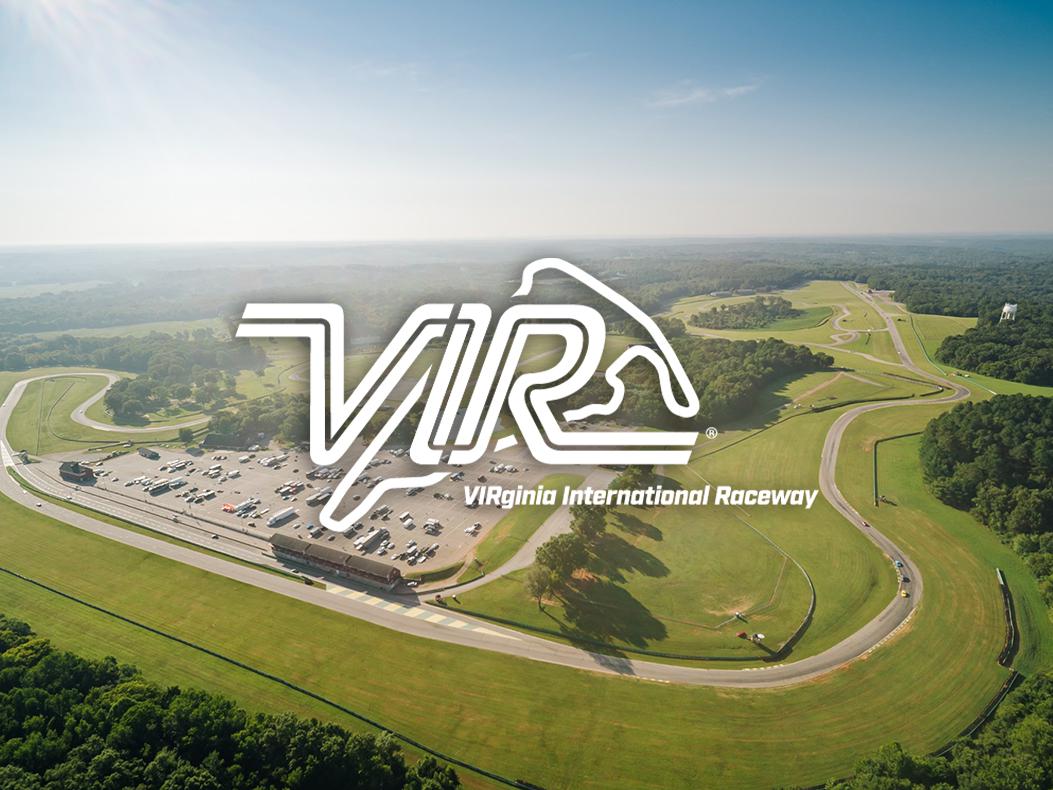Training Camp
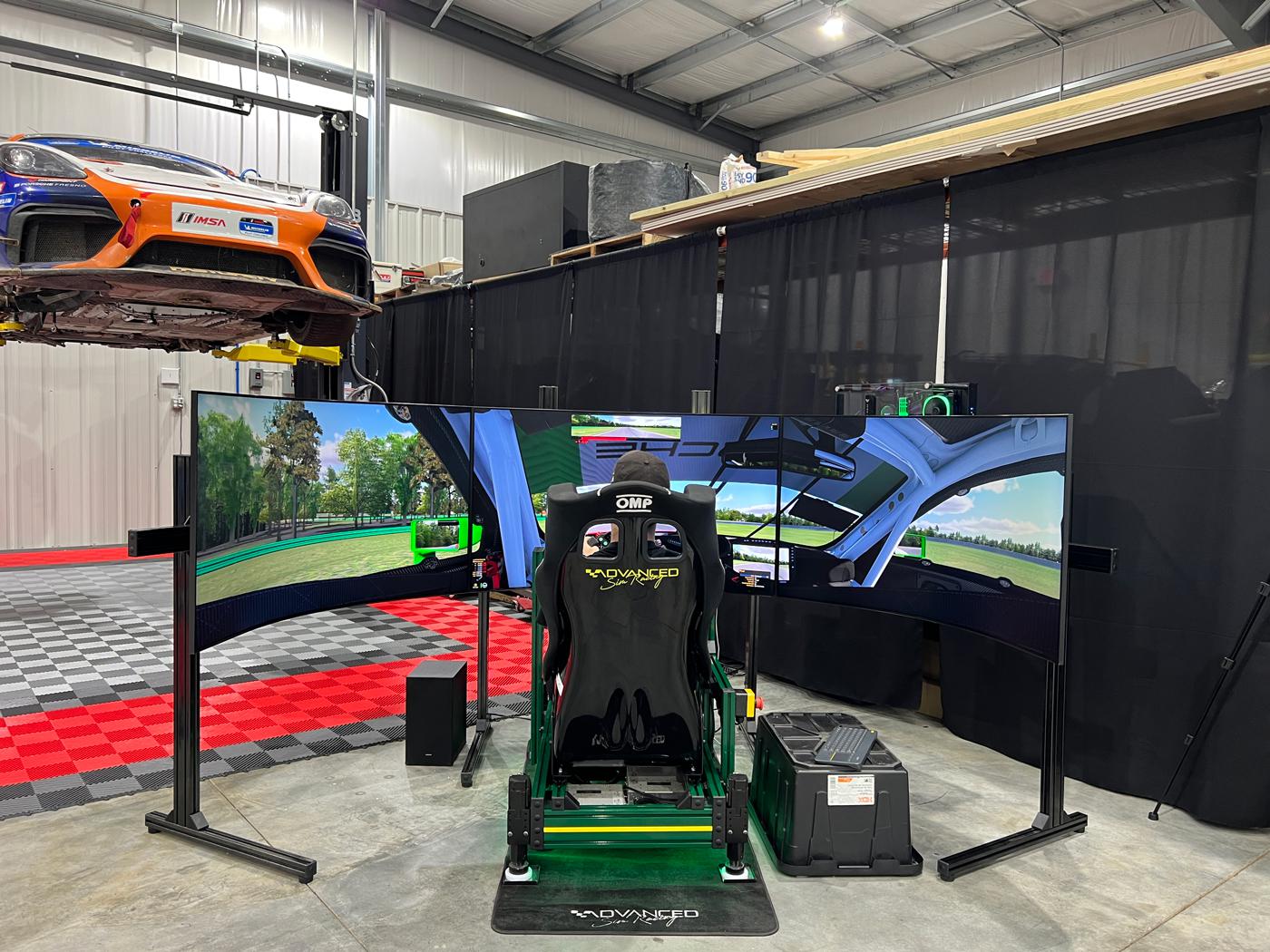
With the software continually reaching new levels of accuracy and the hardware more accessible than ever before, simulators are becoming an indispensable tool for driver training.
Once dismissed as mere child’s play, simulators have been an integral part of driver development in top-tier series like Formula 1, NASCAR, and IMSA for a number of years now. While the systems used at this level of motorsports are often highly customized, multi-million-dollar setups, the simulation technology that’s now readily available at the prosumer level is reaching a degree of sophistication that’s not far behind.
“People often still write off this technology as just a video game,” explained Steve Paladino of Podium 1 Racing, Franklin, Tennessee. “But what they’re missing is that, at this point, the level of accuracy is part of what makes these simulators fun and immersive. At the end of the day, you have to keep in mind that pro drivers wouldn’t use this stuff if it was garbage. Meanwhile, the cost of entry continues to go down, while the quality continues to go up.”
As Nikolas Dubois of Advanced SimRacing in Anjou, Quebec, Canada pointed out, the technology is providing real-world results on a regular basis. “F1 proved to everyone that this is a very valuable tool. Initially simulators were implemented for technical reasons—to test theories about aero and other aspects of car setup. But now it’s allowing drivers to train on something that reacts very much like the car they’ll be driving in the real world, which is giving them a much better understanding of where the limits are before they even get to the track.”
Yet like so many aspects of motorsports, the hardware and resulting levels of precision are largely tied to a race team’s budget, and how far they want to go down this rabbit hole.
Tiered Technology
Although simulation rigs are more advanced than ever before, there’s still a sizable gap—in terms of both fidelity and cost—between the systems that are commonly used for driver training and the bespoke setups that are created by auto manufacturers and teams in top-tier racing series like Formula 1.
“One of the programs that’s considered a standard in the industry is rFactor,” said Dubois. “There’s a version of this that you can use at home, but top-tier teams and automakers typically use rFactor Pro for engineering development. The Pro version is a very different approach—it’s not what you’d call user-friendly, and you have to have engineers to work on the models. Just creating one custom car model in rFactor Pro can cost upwards of a quarter-million dollars. The benefit of that is it takes a huge amount of data into account, so you get a greater level of accuracy from it.”
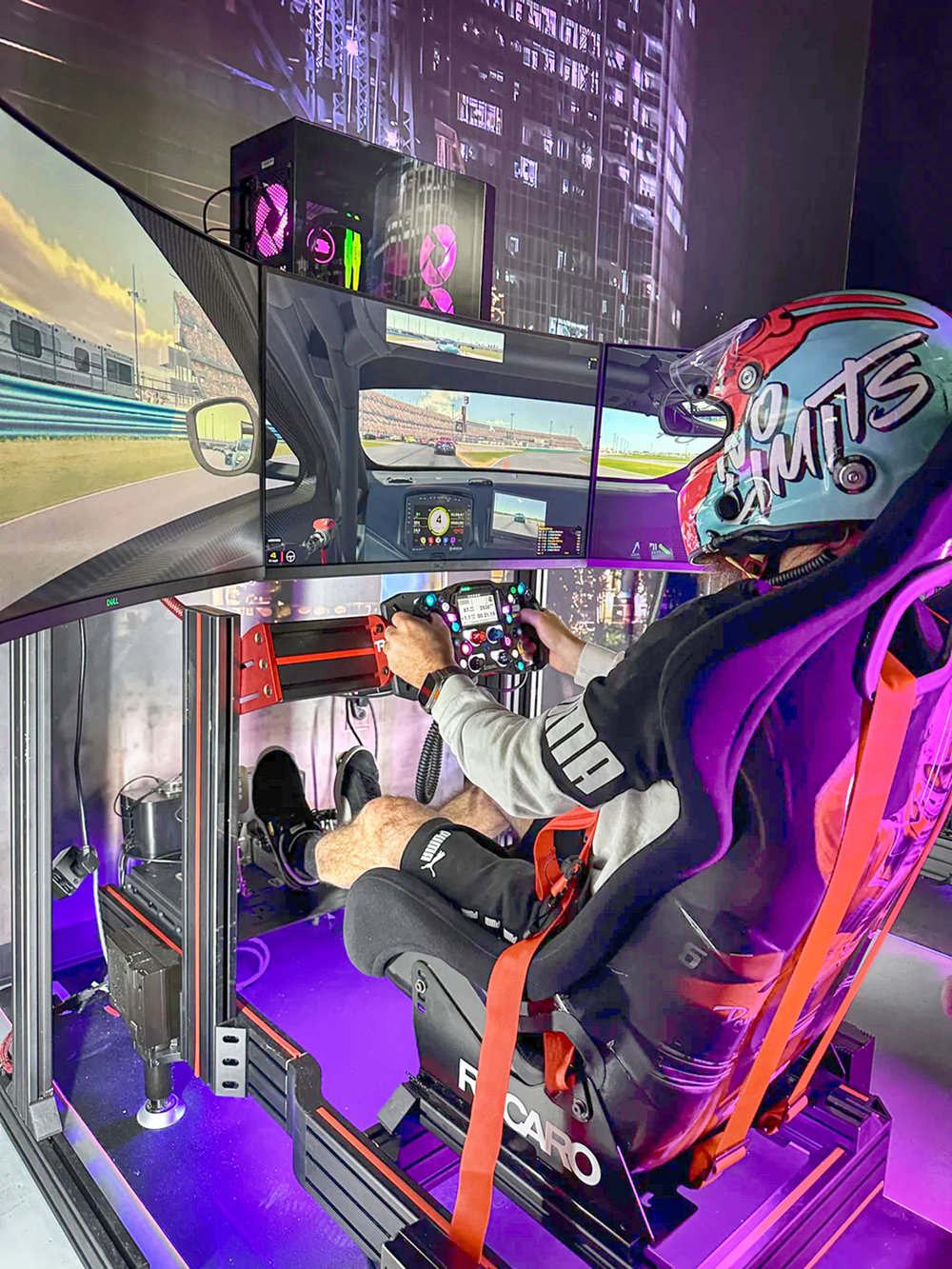
At this level, the expense of model development is just a fraction of the overall cost involved.
“These are seven-figure setups,” said Robbie Montinola of SRO Motorsports, Austin, Texas. “For the most part, these rigs are built into ‘simulation rooms.’ Think of a room that’s about a thousand square-feet or so, where they’ve built a very realistic, life-sized version of the race car with the same ergonomics as the car they’re campaigning. So, if it’s a Formula 1 car, it could essentially be an F1 tub with large, curved screens that emulate a 360-degree field of view, and they may be using proprietary simulation software. They also usually have rooms that are connected to those simulator rooms, where engineers and other support staff monitor information and communicate with the driver. It is very much a NASA-style experience.”
At the opposite end of the spectrum, a racer can also put together a simulator rig for home use for a few grand to keep their skills sharpened and stay familiar with course configurations.
The systems used by teams for driver training typically fall somewhere in the middle, though, often costing between $15,000 and $50,000. These systems typically use direct-drive steering wheels, which create realistic feedback from the tires and suspension using internal magnets rather than a traditional gear set. The wheels’ quick-release system also functions much like the ones used in actual race cars, allowing drivers to swap out steering wheels to more closely replicate the type used in their race car. Multi-display setups are common, which allow for a greater degree of peripheral vision, while high-end pedal sets can now also emulate the brake system feedback that someone would experience in a real race car. Expired racing seats are often used to establish the proper driver position in the simulator, too, and some systems have integrated actuators that can shift the entire rig several inches in any direction to replicate the sensations of brake dive, squat, and roll, as well as weight transfer and road surface variations.
While the level of realism that this hardware can create is impressive, Cam Murphy of SimGear Motion Simulators in Schaumburg, Illinois, pointed out that the software still does a lot of the heavy lifting.
“iRacing is arguably the standard for consumer-level simulators today, and it continues to get better and better. One really important advancement that has become commonplace now is that they started laser-scanning race tracks, and those scans find every nuance in elevation change, and every nook and cranny in the road surface, and that’s translated into the simulation. There’s also been a major development effort to accurately replicate real-world physics. That takes into account everything from the weight, weight distribution, and the aerodynamics of the car to the chassis stiffness, suspension setup, tire compounds and pressures, and track conditions.”
Achieving a level of accuracy that allows these simulations to serve as useful training tools for professional drivers requires taking myriad details into account, but tire modeling, specifically, has become an area of intense focus for many software developers as of late.
“As an example, with our official racing simulator—Assetto Corsa Competizione—the developers work closely with both the auto manufacturers as well as Pirelli,” Montinola said. “When we change a tire compound in real life, the simulation is updated with new data from Pirelli to reflect that change in the latest tire model. So the tire model is constantly evolving alongside what is happening in real life.”
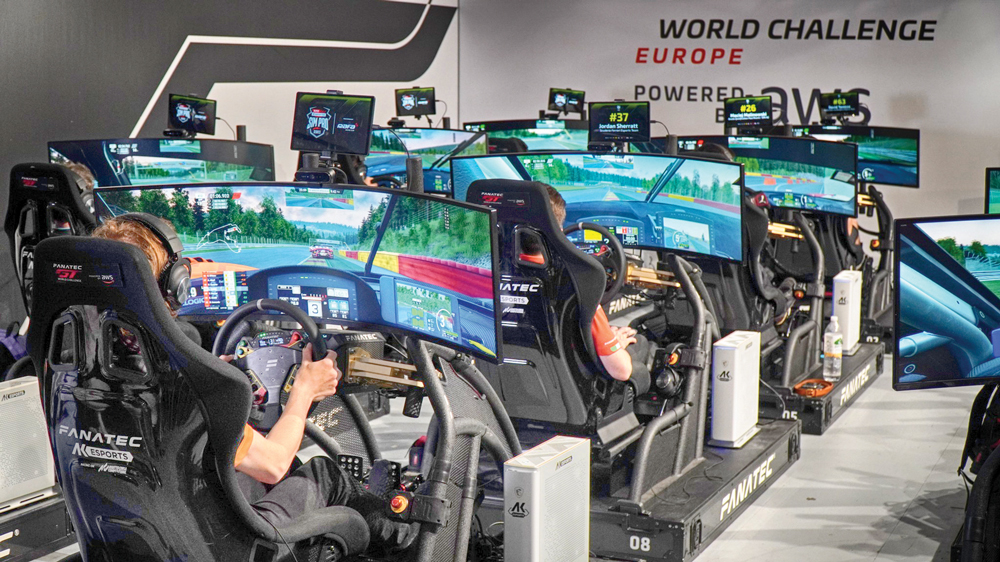
As simulator physics continues to move toward parity with reality, telemetry data is becoming an increasingly complementary training tool.
“Virtual Racing School software allows you to record your iRacing telemetry, and within seconds of completing a race, you can go to their site and compare your telemetry data to their pro drivers,” Paladino explained. “So you can immediately see where you’ve done well and where you can find improvement, corner by corner, tenth by tenth.”
Translating Virtual Seat Time Into Real-World Results
The headline benefits of using simulators for driver training are fairly straightforward: virtually unlimited track time, minimal costs after the initial investment, and the opportunity to drive tracks you haven’t physically been to. But there are also other advantages of simulators that may not be as immediately obvious.
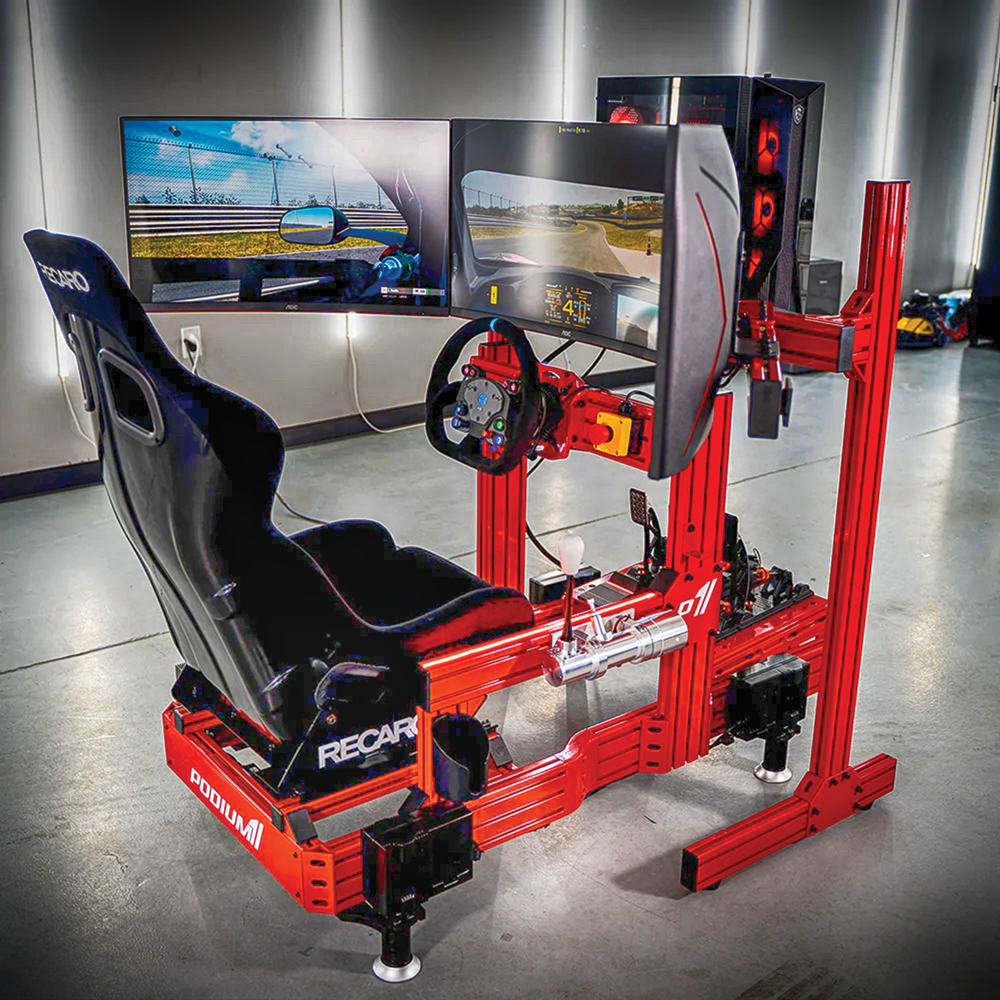
“The reset button,” Murphy said with a laugh. “But in all seriousness, that gives you the ability to get on a track and go flat-out without risking the expense of wrecking a race car. You can do hours and hours of track time at that pace and not burn an ounce of fuel, go through a single consumable part, or bend a single fender. It not only allows you to get a general idea of where the limits are, it also provides the visual reference points to keep a track configuration fresh in your mind, so when you’re out on track in real life, you can get back into that rhythm quicker.”
Simulators also allow drivers to hone another skillset that’s very difficult to replicate in real-world practice sessions. “In most of those sessions, you’re effectively doing time trials,” said Paladino. “And that means you’re not learning race craft. When you’re in a field of cars in the simulator, you’re learning which alternative lines work and which don’t, where your passing opportunities may be, and how to adapt to different situations in real time.”
That can result in a more well-rounded driver on race day. “Pro-level drivers generally use simulators to keep themselves sharp and consistent,” said Dubois. “But at the sportsman and grassroots levels, the improvements can be pretty stunning. We had a gentleman in a Porsche Cayman GT4 one-make series who was regularly finishing mid-pack in his class. He’s been training with us for about a year now, and he just won his first race this past weekend,” he said in fall 2023.
From The Basement To The Grid
Racing simulators have come a long way in recent years, but technological limitations still remain today. Although haptic systems like those made by D-BOX can replicate variations in road surfaces and shifts in weight balance, simulators cannot recreate the sustained G-forces generated by long, sweeping corners or high-speed braking zones. While it may be easy to shrug this off as simply a compromise in the level of immersion that’s available today, the implications go deeper than entertainment value.
“The overall feel is still a bit different. No matter how good you are in a real car, people always tend to be a bit slower in a simulator,” said Montinola. “And most real race car drivers tend to be slower than the folks who’re purely focused on simulator racing. For racers, I think there’s a degree of disconnection that we still face with simulation technology without those real-world forces communicating information about things like the coefficient of friction. You may know where those limits are in the car, but it’s harder to pinpoint them in the simulator, outside of just looking at the data.”
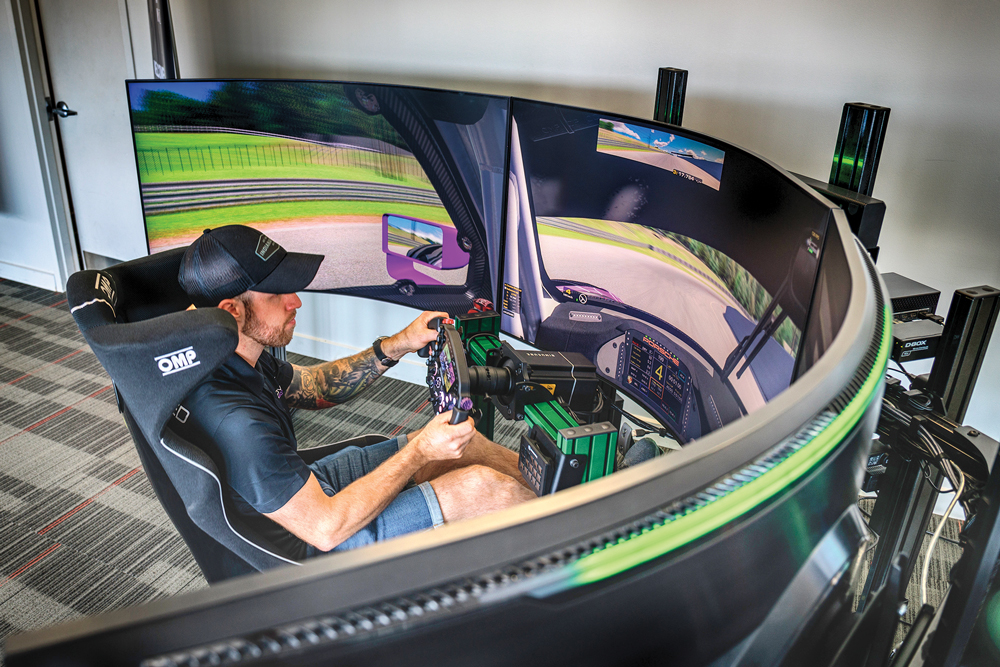
Still, as this technology becomes increasingly accessible, simulator training is quickly moving beyond the realm of novelty and becoming an obligatory element of teams’ racing programs.
“Leading into each of our race weekends, you’ll see that a large number of our drivers are on social media talking about how they’re training on the simulators,” Montinola added. “It’s a part of their process now. Practice session track time is limited on race weekends, so they want to get as much training in on the simulator as they can. That way, when they actually get to the track, they’re just dialing in the race car and then they’re ready to go qualify.”
The proliferation of simulator training is just getting started, Paladino said. “Simulator racing and training has been huge in Europe for a long time, but America is just now waking up to it. ‘Drive to Survive’ has brought more visibility to it, and the pandemic created a new level of demand for ways for drivers to train at home. As a result, I think one of the big changes we’re going to see is that it’s going to change some of the entry points into motorsport. I think we’re going to see more and more kids getting their start in simulators who end up being very competitive in the real world. And I think it’s going to help lower the barrier for talented drivers that might not have the opportunity otherwise.”
Dubois explained that as the technology becomes more accessible while also becoming more advanced in terms of accuracy and depth, its use as a training tool by racers may eventually become ubiquitous.
“Simulation has come a long way in recent years, but it’s still in its infancy right now, and I think it’s going to be much more mainstream in the near future. Eventually it’s going to be almost mandatory to have a simulator at home. That’s because, if you don’t, you’re never going to be as competitive as a racer who can train for eight to 10 hours a day if they want to. It’s all about practice.”
Murphy noted that at a certain point it becomes less about creating a competitive advantage and more about keeping pace with the field. “It’s an incredibly beneficial tool to have off-track. Much like data, it’s a tool that allows you to come into the next race with better preparation. Almost every pro driver out there is already using this technology to some degree.”
SOURCES
Advanced SimRacing
advancedsimracing.com
Podium 1 Racing
podium1racing.com
SimGear Motion Simulators
simgear.com
SRO Motorsports
sro-motorsports.com
 MEMBERSHIP LOGIN
MEMBERSHIP LOGIN JOIN PRI
JOIN PRI
